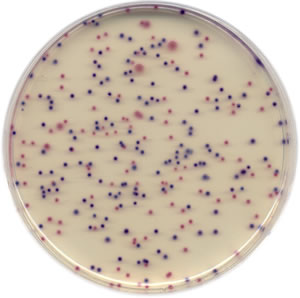Electrospinning is a pretty neat process, and although I'm only vaguely familiar with the concept, I'm going to try to lay it out for you. So generally, electrospinning is a method for creating structured polymeric fibers with diameters in the range of several microns down to tens of nanometers. The fibers are formed from a liquid precursor solution, which is held in a reservoir and pushed into a capillary or needle (called the spinnerette), creating a droplet of the solution on the end of the spinnerette. A strong electromagnetic field is applied to the solution. Commonly this is created by applying a strong voltage to the spinnerette and a corresponding ground to a ground plate inside the electrospinning apparatus. If the electromagnetic field is strong enough, it overcomes the surface tension of the solution, deforming it into a conical shape. The solution then becomes a charged jet. The jet ejects from the spinnerette and moves toward the ground plate, pulling and subsequently charging more precursor from the reservoir, through the spinnerette, and into the electromagnetic field. This results in a continuous filament that moves about randomly in the electric field on its way to the ground plate, where it forms an electrospun mat of polymer fiber. The process is illustrated very nicely in an interactive Flash animation that has been generously shared publicly at Michigan Tech's Nanotechnology website. And an SEM image of electrospun fibers is shown in the image below (I stole this image from a former colleague's Epernicus page, which can be found here).

Electrospinning, and its close cousin electrospraying, have been around for many decades. But the process of electrospinning has seen a bit of a resurgence lately. During my doctorate work, I had several colleagues who successfully used electrospinning as a platform onto which a biosensor architecture could be applied. The high surface area of the micro- and/or nano-fibers was ideal for sensing applications.
If you're interested in learning more about electrospinning, I came across this paper (pdf), which appears to be available without a subscription. And as is usually the case, Wikipedia is a pretty good resource if you're looking to gain a basic understanding of the process. And of course you can find some really good links in the 'References' section of the Wikipedia page as well.



